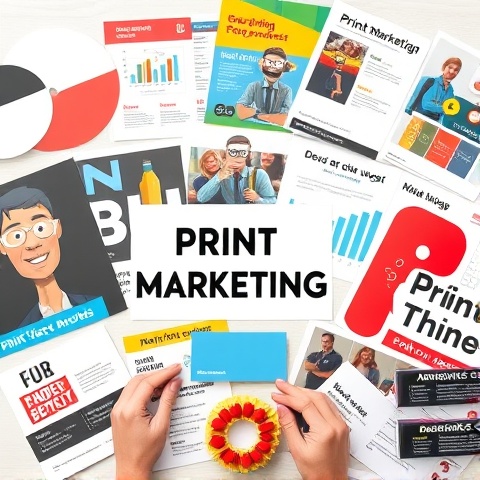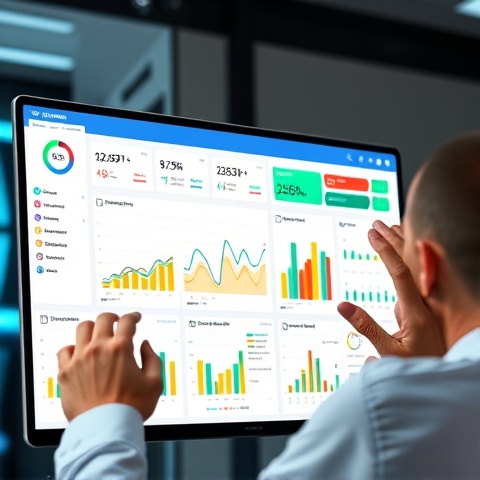Marketing, Flyers, business cards, brochures, and online graphics that make people say “yes.”
In today’s competitive market, it’s essential to create marketing materials that not only showcase your brand but also attract your ideal clients. Whether you’re utilizing print or digital formats, effective design plays a crucial role in capturing attention and driving engagement.
In addition to understanding your Marketing brand, it’s crucial to understand the trends in your specific industry. For instance, if you’re in the real estate market, showcasing listings with high-quality imagery is essential. Consider what makes your services unique and how to highlight those aspects through various materials.

Understanding Your Ideal Client
Once you know who your ideal client is, consider creating client personas. These semi-fictional representations help visualize who you are targeting. For example, a persona might be ‘Busy Professionals’ who value convenience and speed. Knowing this can influence the design and content of your materials.
Before diving into the specifics of design, start by defining who your ideal clients are. Understanding their preferences, pain points, and needs will guide you in creating materials that resonate with them. Here are a few questions to consider:
- What are their demographics?
- What problems do they need solutions for?
- What tone and style do they respond to?
Elements of Effective Marketing Materials
Additionally, incorporating testimonials and case studies into your materials can significantly enhance their effectiveness. For example, a brochure that showcases a satisfied client’s story can create an emotional connection and build trust with potential clients.
When designing your marketing materials, keep in mind the following key elements that can enhance your appeal:
When it comes to visual appeal, remember that color psychology plays a crucial role. Different colors evoke different feelings. For instance, blue often conveys trust and dependability, making it a popular choice for financial services, while red can create a sense of urgency, ideal for sales promotions.
-
- Visual Appeal: Use high-quality images, colors, and layouts that align with your branding. Visuals should reflect the essence of what your brand offers.
- Clear Messaging: Your copy should be concise and straightforward, addressing the needs and interests of your ideal clients. Include a strong call to action (CTA).
Your clear messaging should also include creating urgency. Phrases like ‘limited time offer’ or ‘only a few left’ can compel clients to act quickly. Craft your messaging to emphasize benefits rather than just features—clients want to know how your services will solve their problems.
- Consistency: Ensure that all materials, whether print or digital, maintain a consistent branding strategy for greater recognition and trust.
For example, if your ideal clients value professionalism, your materials should embody a polished and sophisticated design.
Utilizing Digital vs. Print Marketing Materials
Moreover, understanding the current digital landscape is key. Platforms like Instagram and TikTok are gaining traction among younger demographics, so adapt your digital materials to fit those platforms. Use short, engaging videos or eye-catching graphics to grab attention quickly.
Both digital and print marketing materials have their unique advantages. While digital materials like social media ads, email newsletters, and eBooks provide instant reach and engagement, print materials such as brochures, business cards, and flyers create a tangible connection with your audience.

Incorporate a mix of both strategies to maximize your outreach:
- Use digital marketing to drive traffic to your website.
- Distribute print materials at events, conferences, or in local businesses.
Measuring Effectiveness
Incorporating feedback from your audience can also help refine your marketing approach. For example, running A/B tests on email campaigns can give insights into what messaging resonates more. This iterative process will help improve your content continually.
Finally, keep track of your marketing efforts by measuring the effectiveness of your materials. Utilize analytics tools for digital campaigns and surveys or follow-ups for print materials. This data will provide insight into what works best for attracting your ideal clients and how you can improve.
Ultimately, creating magnetic marketing materials is an ongoing process. It involves continuous learning about your audience, adapting to market trends, and refining your strategies. By investing time and resources into this endeavor, you can significantly increase your brand visibility and succeed in attracting the ideal clients you seek.

